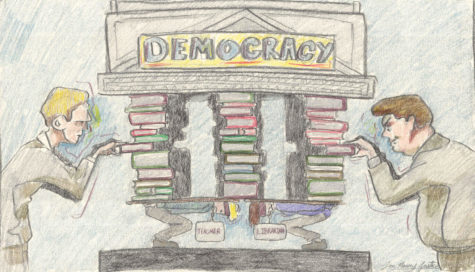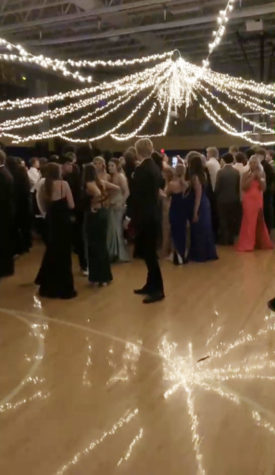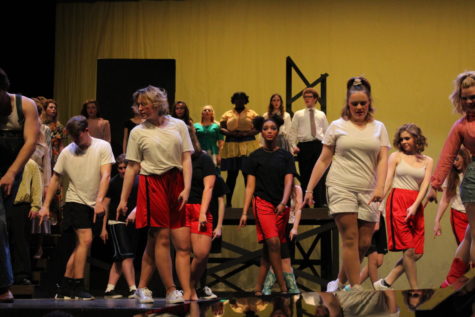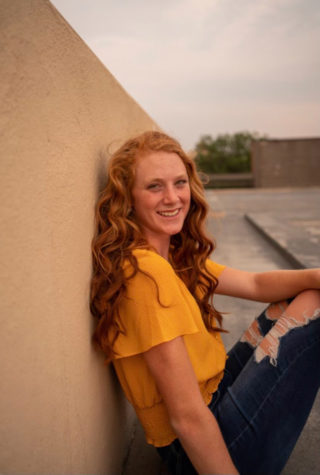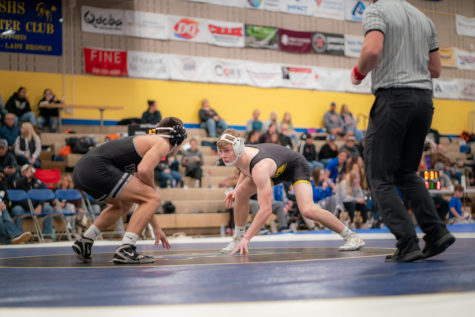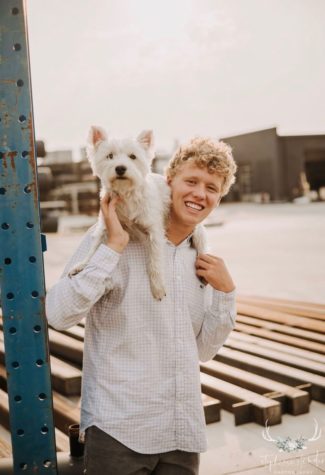Results of Iowa caucuses predict 2020 election
As the 2020 election draws nearer every day, so do the Iowa caucuses. The Iowa caucuses are essentially electoral events for members of both the Republican and Democratic parties in the state. They are the first noteworthy contest of the United States primary season and though not demographically representative of the entire nation, the Iowa caucuses are said to be a strong indicator for how candidates will do in later contests and debates.
Since the 1800s, political parties in Iowa have used caucuses to select party leaders and candidates for office. Iowa was also the first state to have a Democratic caucus in 1972 and the first Republican caucus four years later. Today, political parties are required to hold caucuses every two years to select delegates to county conventions and party committees under Iowa law.
In their simplest form, caucuses are gatherings of fellow party members to discuss their presidential preferences, elect local party leadership, and debate issues that make up the party’s platform. Rather than going to the polls to cast official ballots, Iowans from all over the state meet at one of 1,681 precincts to debate party platforms and candidates. Each precinct then divides its delegated seats among the candidates proportionately to the caucus-goers’ initial votes. To indicate their support of a specific candidate, participants stand in a designated area or preference group. Several larger precincts have also been known to have an area for participants who are undecided. Then, for usually thirty minutes, each group will try to convince their neighbors to support their candidate. Preference group may also informally select members from their group to recruit more supporters, focusing on those who are undecided.
After thirty minutes has passed, the supporters for each candidate are counted and caucus officials determine whether or not the support for each candidate meets the “viability requirement.” This viability can vary from precinct to precinct depending on the number of attendees, but the threshold is usually 15 percent of all participants. After the viability for each candidate is determined, the caucus participants are given an additional thirty minutes to realign if their first choice was eliminated. The supporters for the remaining candidates are counted once again and the numbers are reported to the state parties which then report them to the media.
The votes cast by residents who turn out for the caucuses in Iowa are so highly coveted that news agencies and independent news sources will take conduct exit polls to try and get an early glimpse as to how Iowans are voting. “Iowa is terribly important,” said Sen. George McGovern, the Democratic candidate in the 1972 election. “It’s the first test in the nation where we get any test at all.” On Feb. 3, 2020, all eyes will be on Iowa as America will get its first taste as to how the Nov. election will go.

